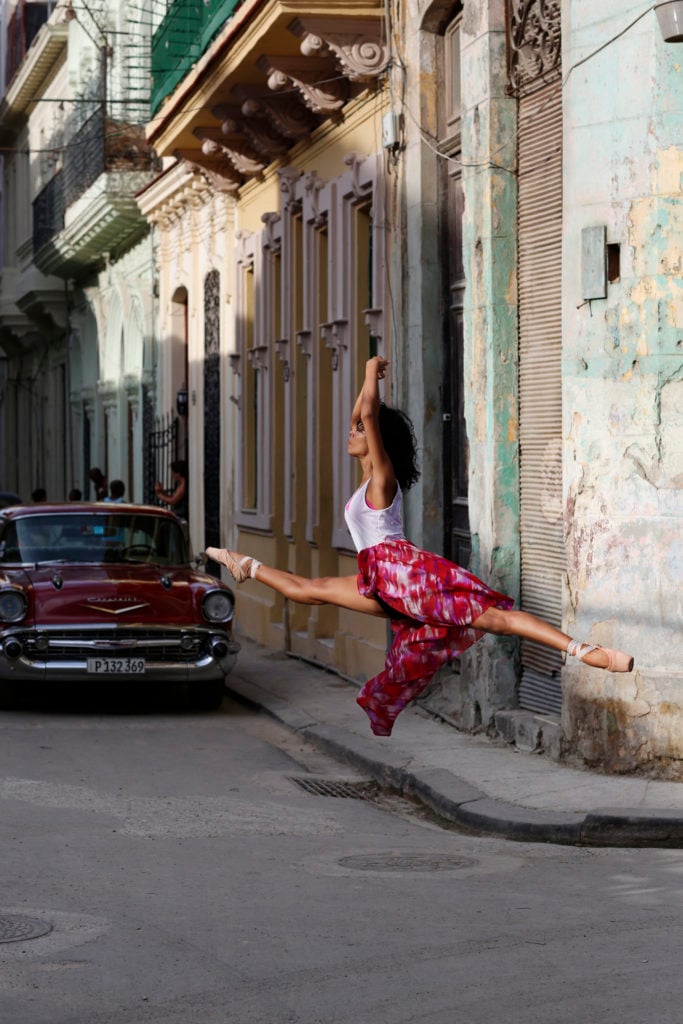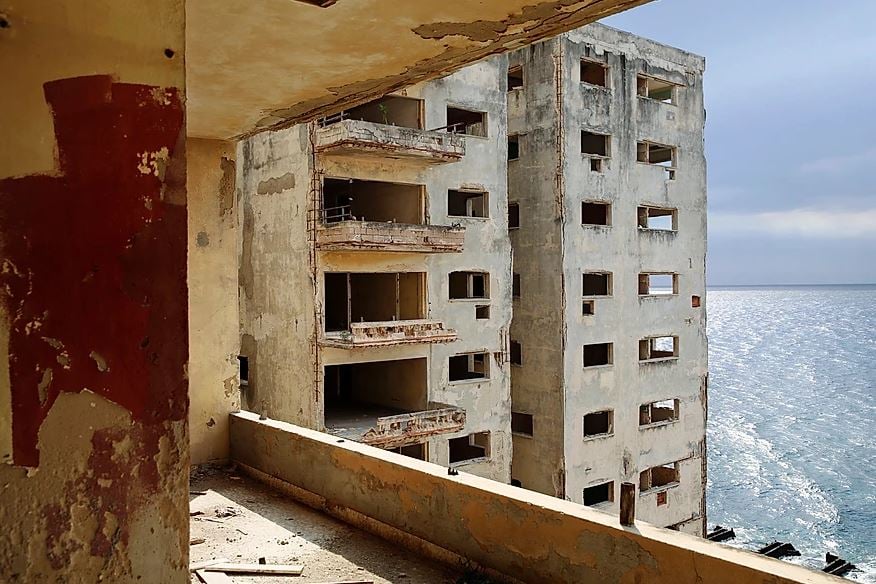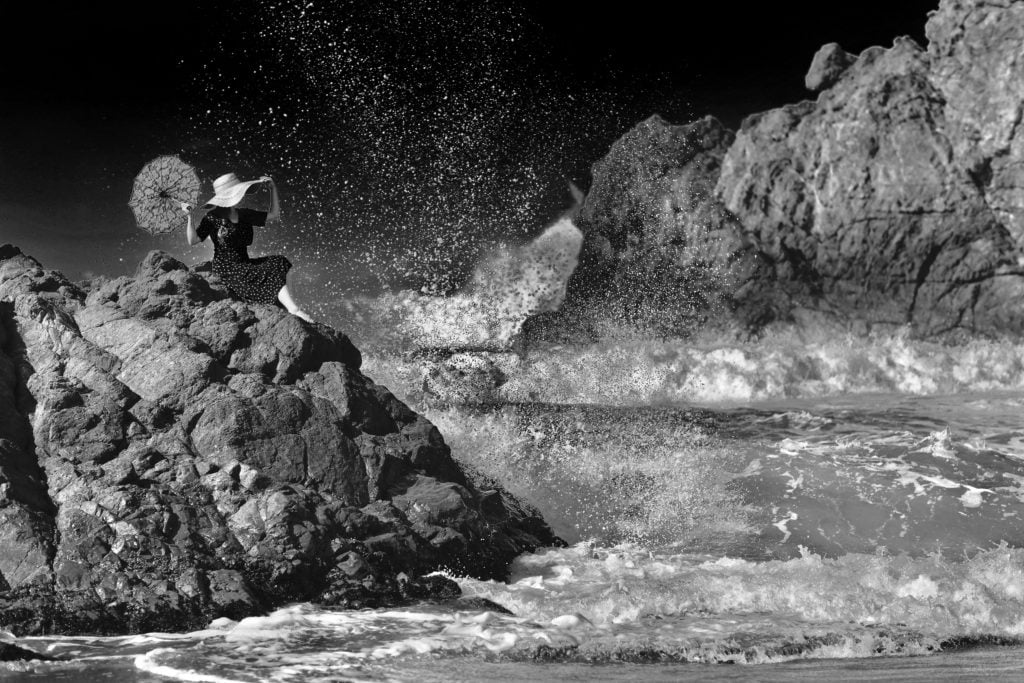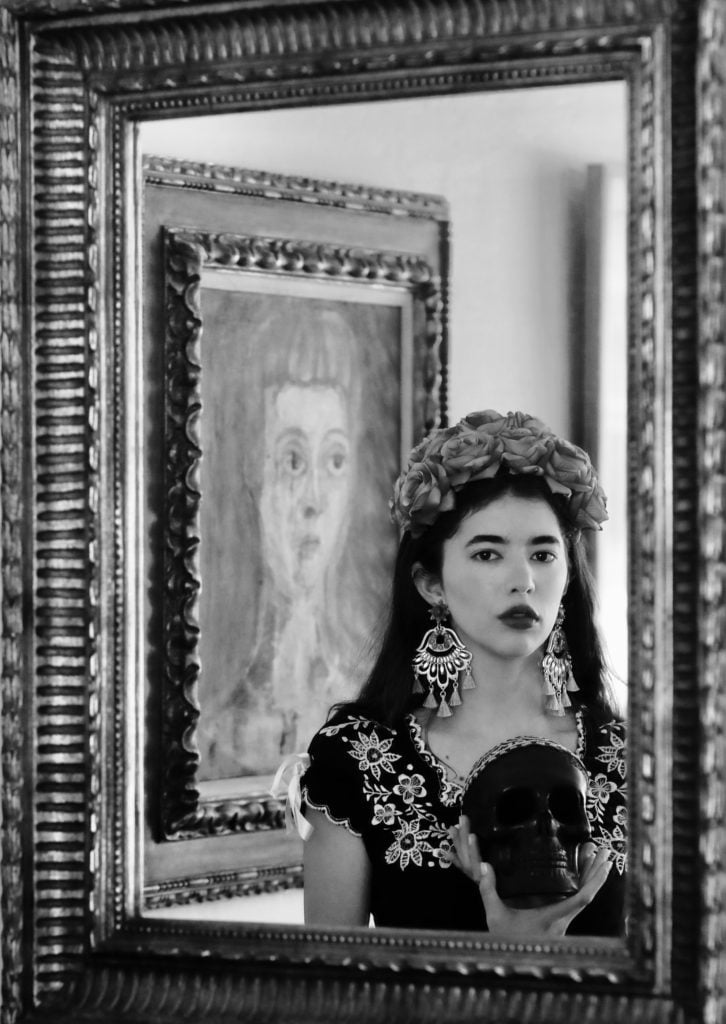Iranian Photographer Maryam Eisler Travels the World Capturing Beauty Amid Political Upheaval


Sophie Neuendorf

“The artistic community reflects the psychology of Iran,” said Iranian-born photographer Maryam Eisler, “These artists are incredibly courageous people…“[Art] is a way to hold on to life, hope, and beauty.”
Eisler was 10 years old when her family moved to Paris in 1978, barely escaping the Islamic Revolution, which would consume the nation the following year. Amid the recent political tension in the region, the artist, who now lives and works in London, is understandably passionate about the art and artists of her native country— and more optimistic than one might have predicted.

Longtime patron of the arts Maryam Eisler has turned her longtime passion for photography into a opportunity to find beauty in places of upheaval.
She counts herself among a number of Iranians living abroad and at home who believe that the “soft power” of the arts is a means to give voice to a variety of political views and ideas, as well as to present a more nuanced understanding of a culture with over 3,000 years of artistic creation.
And the tenor inside the nation is not what outsiders might expect, with immensely popular gallery openings happening every Friday night in Tehran, and even art auctions taking place. What’s more: in spite of the danger associated with speaking out in the notoriously repressive country, more and more artists have recently showcased emotionally and politically charged works as a means of giving voice to their hopes and fears.
“The people have nothing left to lose, they’re done with the status quo and are fighting back in every way possible, regardless of their economic or socio-cultural background,” she explains. “The whole point of art is to open minds to new ideas and ways of thinking.”

Maryam Eisler, Havana, Beauty and Dereliction. Courtesy of the artist.
Eisler has spent most of her life as a supporter of the arts, but primarily as a collector, patron, author, and editor. She’s written on Iranian and Turkish contemporary art for numerous international art magazines. She co-chaired the Tate’s Middle East and North Africa Acquisitions Committee and is a founding member of the British Museum’s Contemporary and Modern Middle East Acquisitions Committee.
But in the last few years, however, Eisler has increasingly transformed her 20-year private passion for photography into a career behind the lens and is using the medium as an opportunity to connect with her country’s heritage, along with others around the world.

Maryam Eisler, Grant Me The Stormy Seas (2019) from “Imagining Tina: A Dialogue with Edward Weston” series. Courtesy of the artist.
This evolution led Eisler to Mexico, where she recently traced the revolutionary footsteps of the acclaimed photographer Edward Weston and his lover, muse, and fellow photographer Tina Modetti. In the wake of the Mexican Revolution (1910–1920), the duo captured the raw emotion and the surge of life and creativity which surfaced during the era (they were friends of Frida Kahlo and Diego Rivera). Not unlike the life-affirming emotion bubbling up in Iran today it was a time in which a bohemian joie de vivre went hand-in-hand with the politics surrounding the revolution.
From these Mexican travels came Maryam’s recent photographic series “Imagining Tina: A Dialogue with Edward Weston,”a creative project dedicated to the passion and creativity of Edward Weston and his muse during a pivotal time in Mexico’s history.

Maryam Eisler, Facing Your Humanity (2019) from “Imagining Tina: A Dialogue with Edward Weston” series. Courtesy of the artist.
“In a world of such complexity and chaos, it’s incredible how the arts can create harmony; the arts enable a dialogue and tolerance where politics fail miserably,” muses Eisler.
In Cuba she likewise found a country which has produced much poetry and beauty despite years of poverty and conflict. Camera in hand, she likewise captured the essence of the country in a series titled “Havana: Beauty and Dereliction” several years ago. “The humanity, dignity, happiness, and warmth I experienced during my time in Cuba was astonishingly strong. There was great beauty in that,” explained the photographer.

Maryam Eisler, Finding Yourself (2019) from “Imagining Tina: A Dialogue with Edward Weston” series. Courtesy of the artist.
Her most recent project is one that’s close to her adopted home; amid the Brexit withdrawal, she’s taking a closer look at East London, a hotbed of heritage and layered culture and home to a plethora of different religions, ethnicities, and cultures. She’s spent time traversing East London, from Hackney to Aldgate, and Mile End, documenting the community’s quirky peoples, creative energy, and colorful landscapes. As the iconic artist duo Gilbert & George once said to her, “When you live in East London, you don’t need to go on holiday. Here, the world comes to us!” Will Brexit forever alter this sense of bohemian freedom and inclusivity? Hopefully, it will thrive even more during the months of change ahead. This next series of works will be on view in a new solo exhibition titled “Voices of East London” due to open at Fotografiska at the end of the year.
Maryam Eisler is represented by Tristan Hoare in London and Harper’s Books in New York.